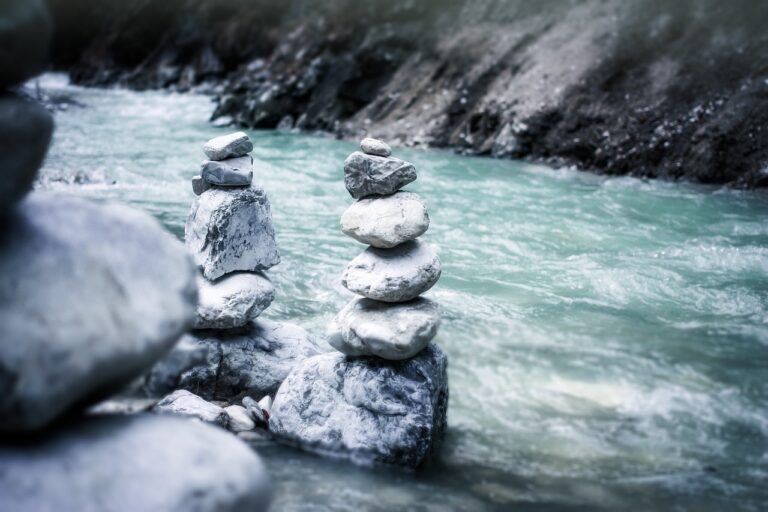Lessons from the Starlings
Branwen’s Children in America
Peyton Belunek
Branwen is a goddess, so dear to my heart. I live in the State of Texas in North America, decidedly in the diaspora of my northwest European ancestors. Branwen called to me, this beautiful goddess who left her homeland of Wales for Ireland. Her heart ached so far from home. In grief, in loneliness, abused, and homesick, she called to the starlings and asked one to fly to her homeland to send for her brother. Across land and sea and sky, the starling flew to carry her words to her brother, Bran the Blessed.
I often think of Branwen as the Patroness of the Diaspora, the Goddess of Hiraeth. It is so easy to connect with her here, with a nostalgia for a land I have never even set foot on and have only visited in dreams, meditation, and journey work. European starlings visit me in my garden often, dark rainbow wings shimmering with the stars upon them. How perfectly the starling represents us here, descendants of ancestors who came to America seeking a better life with so little understanding of the land they would call home.
One popular narrative of the European starling’s introduction to the United States says that a man with a great love of English literature sought to bring all of the birds mentioned in the writings of William Shakespeare to America. He is said to have released starlings into Manhattan’s Central Park in the 1890s. This account has been challenged by scholars as being unlikely to be true, but the core message of the story is thought to be similar to reality: one or more people released starlings into the North American landscape with little thought about how they might interact with a new land or its inhabitants. Like all invasive species, the starling’s introduction had unpredictable consequences and far-ranging effects. The starling had been a member of a balanced ecosystem in its ancestral lands, but quickly imbalanced the ecosystems it spread to here in the States.
There is a tension in thinking of the starling – brought here, far from its homeland, out of place. The starling, like our ancestors, spread from “sea to shining sea” across North America after it arrived. The starling can be found as far north and west as Alaska and as far south as Mexico. Unfortunately, the starling had no natural predators and has done much harm to native bird populations. There is a strong parallel there to colonialism and the great harm it brought with it to the New World and its people.
The starling has many lessons for Branwen’s children in North America – lessons about how to tread lightly on the land and to respect the beauty that existed long before we arrived. Lessons about finding beauty in the native plants of the land we call home and thinking before we plant exotic landscapes; if perhaps we could better fill our space with native keystone species, indigenous fruit bearing bushes and trees which nourish our birds, and host plants for insects and pollinators. The starling calls us to think before we intervene in nature, to conserve and restore wild spaces, to learn from the ways the land was managed before we arrived, to live in balance with nature.
The starling may feel a bittersweet totem for a goddess we love so deeply, but there is so much beauty in that as well. Our Welsh goddesses certainly show us over and over again how day follows night, how beauty can come from adversity, how transformation is ever possible. A complex animal feels right at home in the landscape of this nuanced story. The starling is beautiful and beloved, but also fearsome. We can love them and learn from them. The starling can become a potent symbol of a promise we make to seek balance and to protect the earth.
Resources
mabinogi.net. “Second Branch: Branwen Daughter of Llyr”- Free translation in English, a page for each Branch, by Will Parker. Includes footnotes.
https://en.wikipedia.org/wiki/Hiraeth
Sioned Davies translation. The Mabinogion. 2008.
https://www.allaboutbirds.org/guide/European_Starling/overview
Peyton Belunek is a druid, certified Texas master naturalist, herbalist, and energy worker with a passion for helping people become integrated members of their local ecosystems.







